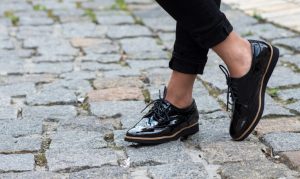Traditional Footwear From Around The World
Evidence of humans wearing shoes dates back to approximately 7,000 B.C. when people wore sandals to protect their feet from the rough terrain. Over time shoes have evolved to serve many purposes including protecting the feet from the elements, for foot and ankle support during strenuous activities and also as a fashion or cultural item.
Cultures around the world have become known for some of the footwear they use for traditional reasons. From mocassins worn by Native Americans to klompens worn by Dutch farmers, there are a large variety of odd looking traditional shoes, each with its own backstory. This article examines some of the traditional footwear worn by cultures from around the world.
Mocassins of North America
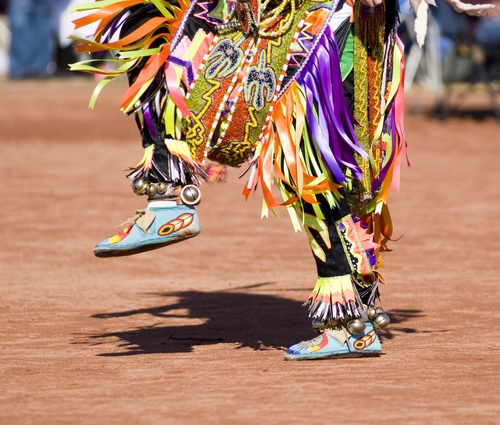
What are they?
Mocassins are a simple type of footwear made from one piece of soft leather, often made from deerskin. It is essentially a slipper made out of leather with a soft flexible sole and an upper portion which often has designs on it made from beads or embroidery.
Origins of the Mocassin
This was the traditional type of footwear worn by indigenous North American tribes, mostly worn by hunters, traders and others that would be spending time in the outdoors. Originally the design of this shoe, and decorative patterns embroidered on them, was different from tribe to tribe and a simple way to know what tribe someone was from.
Japanese Geta
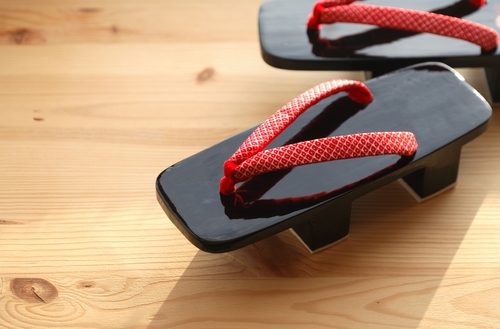
What are they?
The Japanese Geta is a form of flip flop made out of a solid piece of wood for the sole, two elevated pieces of wood under the sole and a v-shaped thong made out of fabric to hold the foot in place. They are usually worn with other traditional Japanese clothing such as a kimono.
Origins of the Japanese Geta
The Japanese Geta were originally worn to keep the feet and traditional Japanese clothing elevated from the ground thus keeping them clean. The elevated and impermeable wooden base allows the foot to remain well above the ground, keeping it dry during rainy months of the year and the solid wood eliminates water or mud splashing up on your clothing which normally happens with modern day flip flops.
Jutti from India
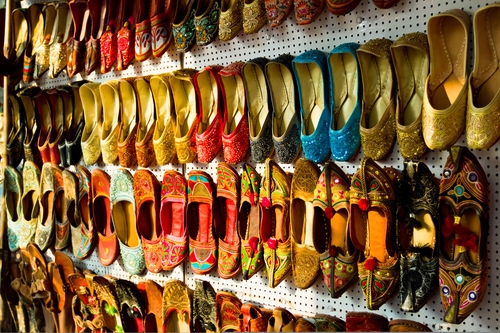
What are they?
The Jutti is a form of footwear that resembles slippers and are worn in Northern India and surrounding regions. They are low cut shoes traditionally made out of leather with elaborate embroidered designs on them. In the past the embroidery was made out of real gold and silver threads. This shoe leaves the top of the foot exposed, only covering the heel and the toes with a curled lip and heavy embroidery.
Origins of the Jutti
Juttis were originally worn by wealthy people in Northern India including zamindars, kings and rulers. They eventually became the traditional footwear for people living in Northern India but in recent times are mainly worn for special occasions such as weddings and festivals.
Bast shoes of Northern Europe
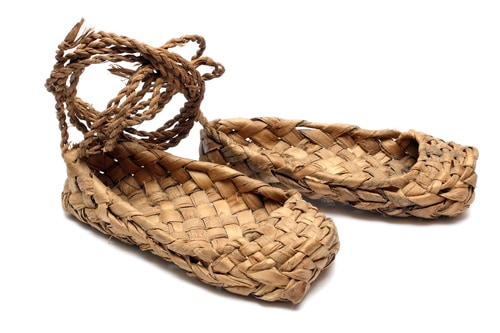
What are they?
Bast shoes, are a simple shoe made from the bark of a linden or birch tree. They are essentially a basket, made of wood fibers, to fit the shape of a foot. Bast shoes were not very durable shoes, however, they were very inexpensive and easy to make.
Origins of Bast shoes
There is evidence of bast shoes being constructed dating back about 4900 years during the neolithic period. Because they were made from wood and were so cheap to manufacture, they were primarily worn by poor people of forest regions in Northern Europe. Their poor durability has made them obsolete in recent times but they can still be found in souvenir shops across Northern Europe and Russia.
Klompen from the Netherlands
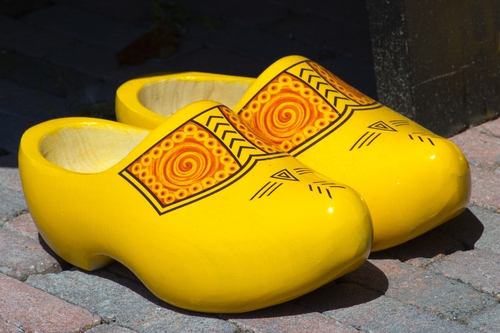
What are they?
Klompen are an odd type of footwear made from a single piece of wood and is a type of clog. They are carved from a solid piece of wood giving the wearers feet protection from dropping heavy object on their feet or spilling dangerous chemicals.
Origin of Klompens
Originally klompens were used by farmers, gardeners and others that worked in muddy fields or industries with the risk of objects falling on their feet. The construction of the clog made it easy to clean off mud at the end of a days work in the field while the solid nature of the wood made them safe to wear in an environment that had a high chance of heavy or sharp objects falling on the feet. Nowadays clogs are still used by some farmers in the Netherlands, but for the most part are sold as souvenirs to visitors from around the world.
